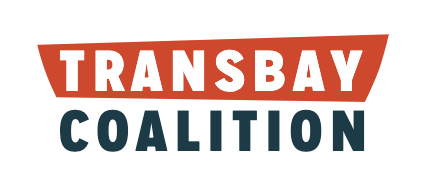At the September board meeting, Board Chair Steve Heminger reported that had requested that staff bring back recommendations for potential service cuts. His remarks are at 2:33 in the meeting video.
Heminger noted that Caltrain’s strategy to regrow transit ridership has included running more frequent all-day service. However, Caltrain’s ridership recovery from the pandemic is lagging peers in the Bay Area, largely relating to Caltrain’s historical orientation focusing on commuters who have been working from home much more often. Heminger has asked staff to evaluate “whether running this many trains continues to be justified.” He noted, “This is a high fixed cut operation, we’re not going to cut our way to fiscal sanity. At the same time, we probably could achieve more savings at a lower level of service that might probably not affect the rider profile.”
Less service for more capital improvements?
Heminger suggested that savings from cutting service could be used to fund capital improvements. He noted that “when voters approved Measure RR, it was intended to fund both operating and capital, and so far it’s been all operations” with the money needed to keep the service running. ”To the extent we can save funds through tightening the belt on service, that’s money available dollar for dollar on capital improvements.”
Heminger asked for a report to be presented to the board before the end of year, to consider as part of the Spring budget cycle for the coming year.
What do you think? How would you regrow transit ridership?
Broadly across the board, transit services with a schedule focused on peak hour commuters have had ridership most heavily impacted by the Covid pandemic, when office workers were required to work from home. Many employers have continued to enable working from home. The Bay Area has been a national leader in the trend, with the result that services with many commuters, including Caltrain and to a somewhat lesser extent BART have seen slow ridership regrowth. Ridership on weekends has been coming back faster than weekdays, with high use for recreation and special events.
BART’s daily ridership is around 40% of pre-pandemic and weekend ridership is in the 60-70% range. Caltrain’s ridership is back up to around 30% of pre-pandemic levels.
Elsewhere in the Bay Area, WETA (ferries) have seen the fastest ridership regrowth among all the regional services, at about 60% of pre-pandemic levels. In response to the pandemic, WETA cut their fares to be similar to other transit choices, and changed their service pattern to provide better service for lines serving essential workers, such as Vallejo, and to provide better service for the fast-growing recreational uses.
We don’t think it’s a compelling argument for Caltrain to cut service in order to fund capital improvements. The goal of transit is first and foremost to move people. We think that overall the US has over-emphasized transit capital and under-emphasized service, often resulting in inconvenient service that is less competitive with driving.
What do you think? What changes would you want to see to regrow ridership on Caltrain and other Bay Area transit? Share your thoughts in this survey, and we’ll share them with transit boards.
You can share your thoughts in general public comment at Thursday’s Caltrain board meeting (agenda here), but this topic won’t be on the agenda. When the topic of ridership regrowth, service and budgets is coming to the boards, we’ll let you know when it’s a good time to comment.

